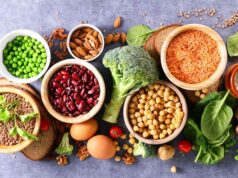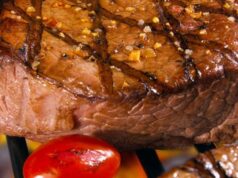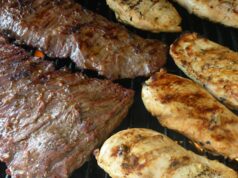Dirty Bulking vs. Clean Bulking
Bulking is an essential phase for those looking to build muscle, but not all bulks are the same.
Two primary approaches exist: dirty bulking and clean bulking. Both have their own advantages and drawbacks, and the best choice depends on individual goals, metabolism, and long-term health considerations.
In this article, we’ll break down what dirty and clean bulking are, the benefits and downsides of each, and which one is best suited for different types of lifters.
Whether you’re a beginner looking to put on size or an experienced lifter refining your approach, understanding these bulking strategies will help you maximize your muscle gains.
What Is Dirty Bulking?
Dirty bulking is a strategy where the primary goal is to consume as many calories as possible to gain weight and muscle quickly.
There is little focus on food quality; instead, the emphasis is placed on high-calorie, high-fat, and high-carb foods that maximize caloric intake. This includes foods like burgers, pizza, fried foods, and sugary snacks.
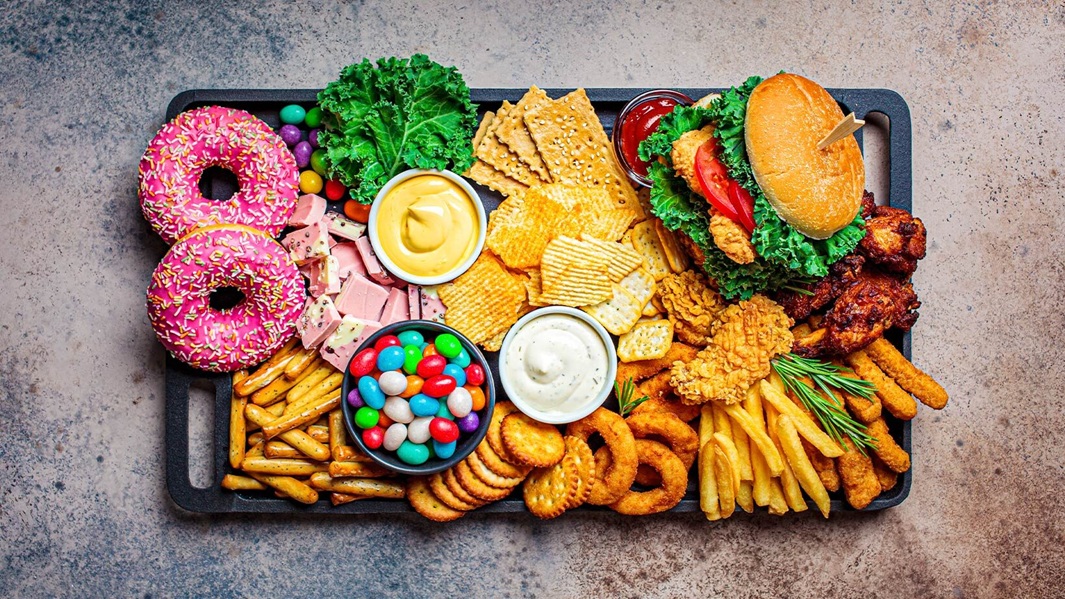
What Are Empty Calories?
Empty calories refer to foods and drinks that provide a high amount of energy but little to no nutritional value. These foods lack essential vitamins, minerals, fiber, and protein, which are necessary for overall health and muscle growth. While they can contribute to weight gain, they do not support optimal performance, recovery, or muscle-building.
What Are Examples of Empty Calories?
- Sugary drinks – Soda, energy drinks, and some fruit juices
- Processed snacks – Chips, candy, and packaged pastries
- Fast food – Deep-fried items, burgers with refined bread, and heavily processed meats
- Alcohol – Beer, wine, and spirits provide empty calories with no muscle-building benefits
- Sugary cereals and baked goods – Donuts, muffins, and sugary breakfast cereals
Benefits of Dirty Bulking
- Faster weight gain – Since there are no restrictions on food choices, it’s easier to consume a caloric surplus and put on mass quickly.
- Increased strength – More calories mean more energy, which can translate into better performance in the gym.
- Less meal prep stress – No need to meticulously plan meals or track macros, making it easier for busy individuals.
- Easier adherence – Some people find it easier to stick to a diet when they allow themselves more freedom with food choices.
Downsides of Dirty Bulking
- High fat gain – Excess calories from unhealthy sources often lead to significant fat gain, requiring a longer and stricter cutting phase later.
- Potential health risks – Consuming too much processed food can lead to high cholesterol, poor digestion, and even long-term health risks like heart disease.
- Poor energy levels – While calories are high, low-quality foods can lead to sluggishness, bloating, and inconsistent energy levels.
- More difficult cutting phase – Since dirty bulking results in extra fat accumulation, cutting back to a lean physique can take longer and require more effort.
What Is Clean Bulking?
Clean bulking focuses on consuming a controlled caloric surplus using high-quality, nutrient-dense foods. The goal is to maximize muscle gain while minimizing fat accumulation. Foods typically include lean proteins, complex carbs, and healthy fats such as chicken, fish, brown rice, sweet potatoes, and nuts.
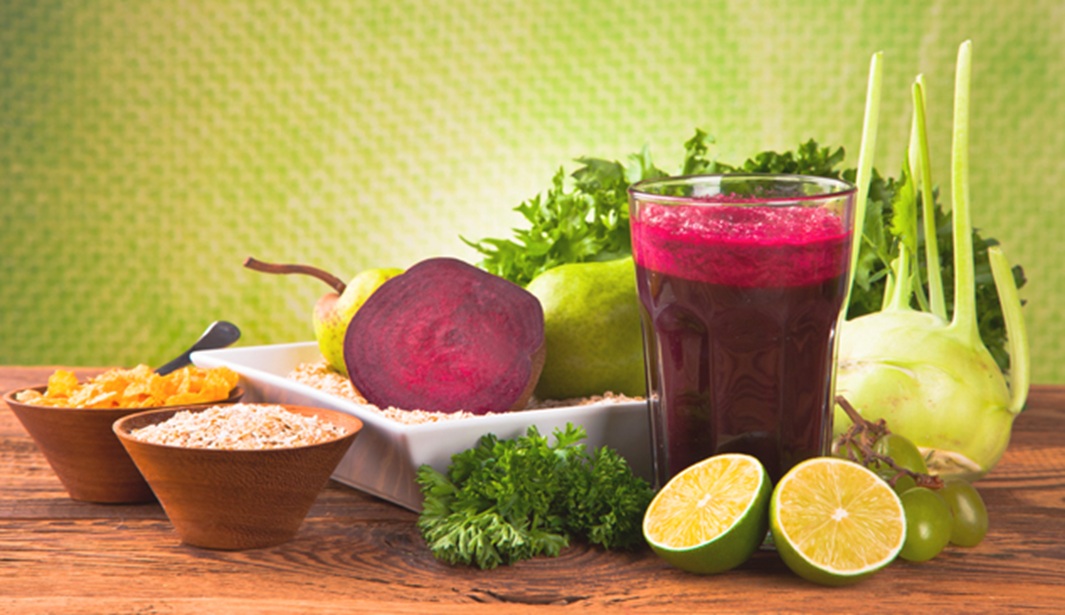
Benefits of Clean Bulking
- More muscle, less fat – A slight caloric surplus (200-500 calories) allows for muscle growth while keeping fat gain under control.
- Better overall health – Clean bulking prioritizes whole, unprocessed foods, reducing the risk of inflammation and metabolic diseases.
- Steady energy levels – Eating balanced meals with quality proteins, fats, and carbohydrates helps maintain consistent energy levels.
- Easier cutting phase – Since clean bulking limits excess fat gain, transitioning into a cutting phase is smoother and more efficient.
Downsides of Clean Bulking
- Slower weight gain – Since the calorie surplus is controlled, it may take longer to see significant size increases.
- More meal planning required – Tracking macros and ensuring food quality requires effort and consistency.
- Food variety is limited – Some may find clean bulking restrictive compared to dirty bulking, making it harder to stick to.
Which Bulking Method is Best for You?
Choosing between dirty and clean bulking depends on your body type, goals, and personal preferences. Here are some factors to consider:
For Beginners
- Clean bulking is ideal for those new to lifting who want to gain muscle without unnecessary fat.
- Beginners tend to respond well to training and don’t need an excessive caloric surplus to grow.
For Hardgainers (Ectomorphs)
- Dirty bulking may be beneficial for individuals with fast metabolisms who struggle to gain weight.
- Hardgainers often need a higher caloric intake to see progress, but focusing on mostly whole foods while adding in calorie-dense snacks is a good compromise.
For Intermediate & Advanced Lifters
- Clean bulking is better as experienced lifters aim to gain lean muscle with minimal fat.
- Since muscle growth slows over time, a controlled caloric surplus helps optimize muscle gain without excessive fat accumulation.
For Strength Athletes & Powerlifters
- A mix of both approaches may work, with a focus on consuming enough calories to support heavy lifting while ensuring nutrient quality for recovery and performance.
Dirty Bulking vs. Clean Bulking: Which Is More Effective?
The effectiveness of each method depends on what you prioritize: fast gains vs. lean gains.
- If you want to gain mass quickly and don’t mind cutting later, dirty bulking can help speed up the process.
- If you prefer to stay relatively lean year-round and minimize fat gain, clean bulking is the smarter choice.
- Some lifters use a hybrid approach, where they follow clean bulking principles but allow occasional calorie-dense meals to boost intake when needed.
Final Verdict
Both dirty and clean bulking have their place, but for most people, clean bulking is the better long-term strategy.
It promotes steady muscle growth, minimizes unnecessary fat accumulation, and keeps overall health in check. Dirty bulking can work for those struggling to gain weight, but it often leads to more fat gain than necessary.
Regardless of the method you choose, the key to successful bulking is progressive overload, adequate protein intake, and consistent training. Bulk smart, train hard, and build muscle efficiently!


